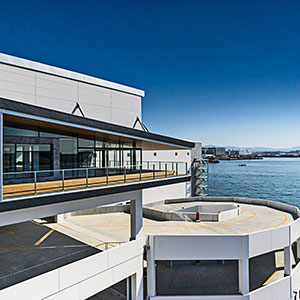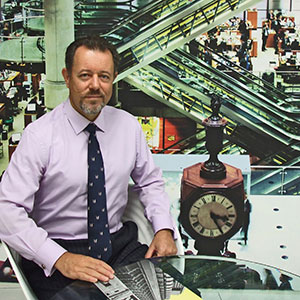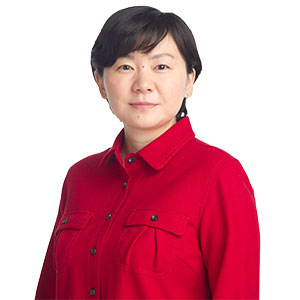- Data-driven consumer analytics to replace traditional advertising
- New business model for the industry pioneered in UK
- Important, in Japan, to be viewed as a local firm
Arriving in Tokyo around the end of the bubble era, Sweden native Tomas Olsson recalls how as a foreigner he could not get a taxi after midnight for love or money. By the time he departed temporarily, in 1995, cabs were lined up at taxi ranks by the hundreds and there was no such drama finding late-night transport.
Just as Japan’s bubble era excesses quickly faded, the “golden age” of advertising appears also to have moved on. In its place are savvy, data-driven businesses like UK-based Ve Interactive, which Japan representative director Olsson says is spearheading a complete transformation of the advertising agency model.
With a background in corporate banking and finance, Olsson sees an opportunity for proficiency and expertise in data analytics and technology to trump the insider know-how of the traditional Japanese ad industry.
“In the past, advertising was driven by having access to media and, particularly in Japan, having access to famous stars, and using the stars to drive your brand and company promotion”, he told BCCJ ACUMEN. “We believe the future is all based on your data set—how well do you know each individual visitor to your website?” he added.
“We’re entering a stage of advertising that’s going to be very interesting, where traditional advertising agencies will potentially be disrupted by marketing technology companies like ourselves who use data to build a good picture of the consumer, and technology to deliver a message to them”.
An early investor in the UK firm—founded in 2009—Olsson returned to Japan in 2014 to launch the Tokyo office. Now running the Japan, South Korea and Australasia operations, he sees the technology sector in Japan as largely similar to, albeit slightly behind, its Western rivals.
“In terms of overall Internet commerce, we find the US and UK are still a bit ahead, but we see a fairly quick catch up in Japan in terms of sophistication and use of technology”, he said.
“Because there is very limited domestic technology in our sector, the market is very approachable and receptive to our solutions”.
The slight head start that Ve Interactive has in the adoption of their marketing technology in Japan leads Olsson to believe that, “Japan potentially could be our largest market globally within five years”.
In Japan, the firm employs 20 staff, who work with 500 clients ranging from major brands Fast Retailing and Muji, to telecoms giant NTT and brewer Suntory.
Advice for the local market
Olsson says Ve Interactive has learned the need to get everything right before launch.
“When you launch a new product in the UK or US, most customers will accept that it doesn’t work perfectly from the start, and will work with you to improve it”, he said. “That’s not the case here”.
He also cautioned against recruiting an office purely of bilingual staff, since it could alienate potential customers.
“From my experience, Western firms should be very cautious of going down the route of a perfectly bilingual working environment. While an international, bilingual workforce may make management’s life easier, you might find some resistance from clients when staff are out with the customers—you want to be viewed as a local company as much as possible”, he said.
Ve Interactive’s success to date may put credence in that theory, however its distinctive business model is also a likely contributor. By merging the processes of advertising, measurement and sales conversion into one inclusive platform, it offers clients a high level of transparency.
But perhaps even more important for in-house marketing managers, it operates on a performance-based payment structure, challenging traditional agency costs.
Along with his drive to make Ve Interactive the pre-eminent player in the marketing technology market, Olsson has no plans to leave Tokyo again soon, although he credits that to more than just business.
“Tokyo is probably the most underrated city in the world. It’s one of the most liveable cities, with easy access to beaches and skiing, and the best food you can find. It’s a terrific place to live”, Olsson said.
A day in the life: Tomas Olsson
 10am: Arrives at work—a late riser.
10am: Arrives at work—a late riser.
Morning: Works through strategic issues.
2pm: As the morning coffee begins to wear off, he has an hour at the gym or a quick lunch at an uncrowded restaurant.
Afternoon: Provides support to local staff in Japan, South Korea and Australasia.
9–10pm: Has dinner—a late finisher, too.
1–2am: Watches a film on Netflix; finally hits the pillow.







